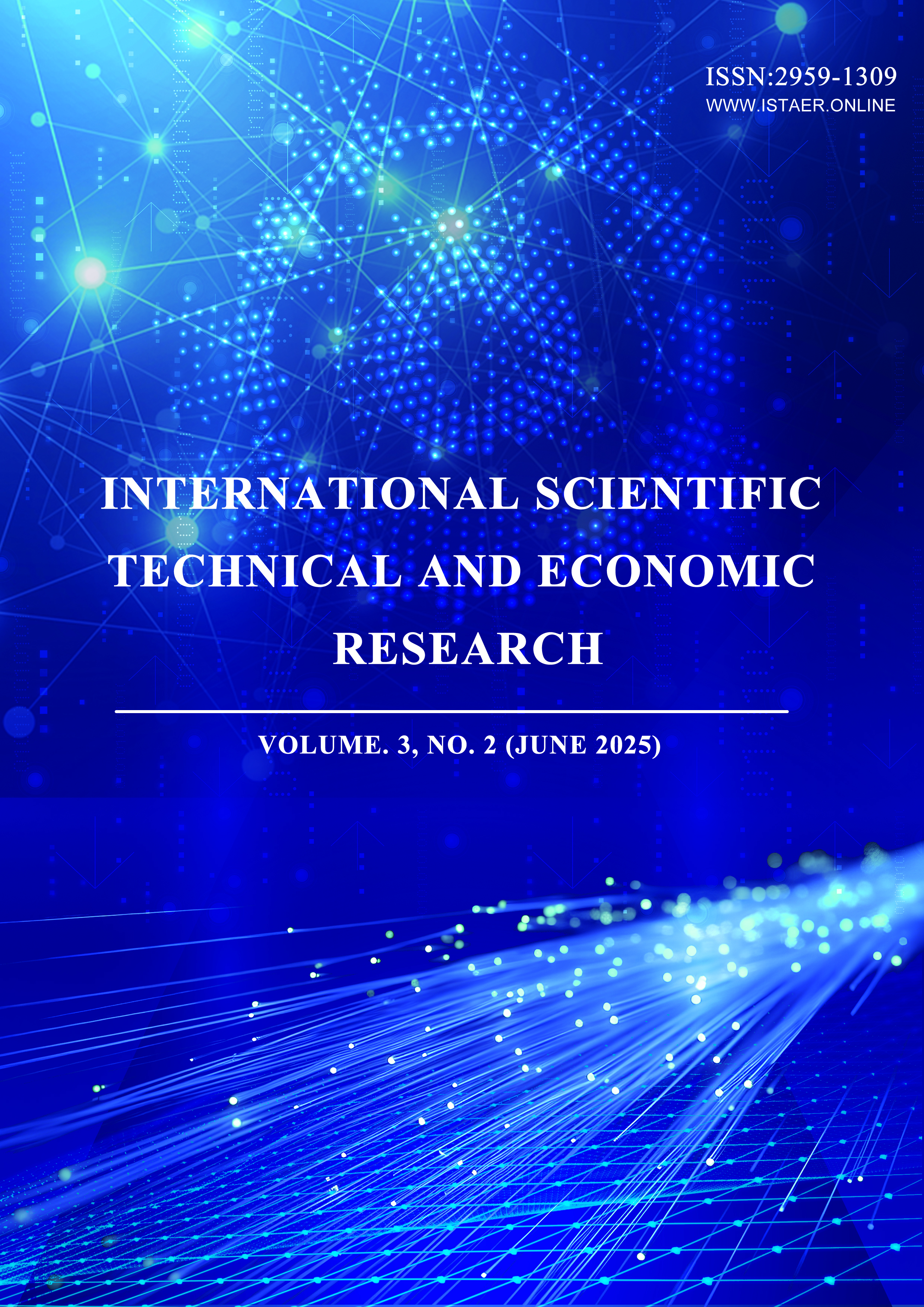Research on scientific research performance evaluation based on IAHP-ICRITIC combined weighting
DOI:
https://doi.org/10.71451/ISTAER2534Keywords:
IAHP; ICRITIC; Combination Empowerment; Scientific Research Performance EvaluationAbstract
In the field of scientific research, performance evaluation is a complex task with common and typical characteristics of the industry. Reasonable and effective performance evaluation can help motivate scientific researchers and optimize resource allocation. In order to give a reasonable performance distribution plan, it is necessary to evaluate the scientific research results of each employee first. Considering that the indicator data in the attachment are all positive indicators, the extreme value standardization method is first used to standardize the data. Then, the subjective indicator weights are obtained by the interval hierarchical analysis method, and the objective indicator weights are obtained by the improved CRITIC method. Based on the idea of game theory, the combined weight value of the subjective and objective weights is obtained by solving the Nash equilibrium point. Finally, the performance scores of 20 scientific researchers are calculated according to the weights of each indicator, and the total bonus is distributed according to the performance score ratio. The first worker received the highest bonus of 74,321 yuan; the eighth worker received the lowest bonus of 72,330 yuan; the specific distribution plan is shown in Table 7.
References
[1] Van Raan, A. F. (2005). Measurement of central aspects of scientific research: Performance, interdisciplinarity, structure. Measurement: Interdisciplinary Research and Perspectives, 3(1), 1-19. DOI: https://doi.org/10.1207/s15366359mea0301_1
[2] Coccia, M. (2005). A scientometric model for the assessment of scientific research performance within public institutes. Scientometrics, 65, 307-321. DOI: https://doi.org/10.1007/s11192-005-0276-1
[3] Panaretos, J., & Malesios, C. (2009). Assessing scientific research performance and impact with single indices. Scientometrics, 81, 635-670. DOI: https://doi.org/10.1007/s11192-008-2174-9
[4] Van Raan, A. F. (1993). Advanced bibliometric methods to assess research performance and scientific development: basic principles and recent practical applications. Research Evaluation, 3(3), 151-166. DOI: https://doi.org/10.1093/rev/3.3.151
[5] Abramo, G., D’Angelo, C. A., & Solazzi, M. (2011). The relationship between scientists’ research performance and the degree of internationalization of their research. Scientometrics, 86(3), 629-643. DOI: https://doi.org/10.1007/s11192-010-0284-7
[6] Diem, A., & Wolter, S. C. (2013). The use of bibliometrics to measure research performance in education sciences. Research in higher education, 54(1), 86-114. DOI: https://doi.org/10.1007/s11162-012-9264-5
[7] Ernø-Kjølhede, E., & Hansson, F. (2011). Measuring research performance during a changing relationship between science and society. Research Evaluation, 20(2), 131-143. DOI: https://doi.org/10.3152/095820211X12941371876544
[8] Van Raan, A. F. (2014). Advances in bibliometric analysis: research performance assessment and science mapping. Bibliometrics Use and Abuse in the Review of Research Performance, 87(4), 17-28.
[9] Bazeley, P. (2010). Conceptualising research performance. Studies in higher education, 35(8), 889-903. DOI: https://doi.org/10.1080/03075070903348404
[10] Nederhof, A. J. (2006). Bibliometric monitoring of research performance in the social sciences and the humanities: A review. Scientometrics, 66(1), 81-100. DOI: https://doi.org/10.1007/s11192-006-0007-2
[11] Luukkonen, T. (1990). Invited review article: bibliometrics and evaluation of research performance. Annals of medicine, 22(3), 145-150. DOI: https://doi.org/10.3109/07853899009147259
Downloads
Published
Issue
Section
License
Copyright (c) 2025 International Scientific Technical and Economic Research

This work is licensed under a Creative Commons Attribution-NonCommercial-NoDerivatives 4.0 International License.
This work is licensed under the Creative Commons Attribution International License (CC BY 4.0).




